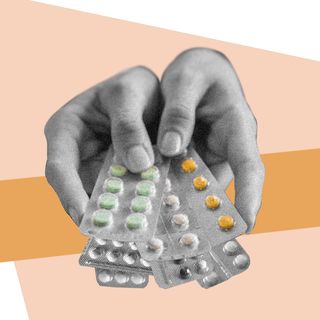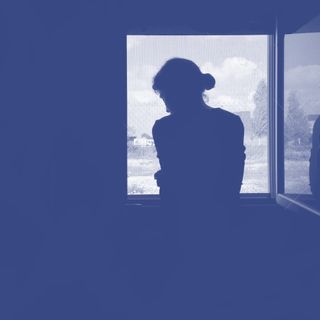Spirits — vodka, gin, rum — make people aggressive and energetic; red wine makes people tired, or makes them feel sexy; beer relaxes people — these are self-reports from 30,000 people surveyed by The BMJabout how different kinds of alcohol incite different moods. Attaching distinct emotions to different kinds of alcohol is a common cultural practice, one that often dictates how we consume alcohol. We attribute these distinct emotions as stemming from the alcohol itself, a notion for which there is no scientific evidence whatsoever.
These emotions, and subsequent perceptions of how certain types of alcohol affect mood, stem largely out of social conditioning. The alcohol expectancy theory, for example, suggests that people choose which alcohol to drink based on how they think it will affect them — if a person needs to wallow, they might choose rum because they think it’ll give them a sad high; if a person wants to have a wild night out on the town, they might choose tequila, thinking the spirit is the most conducive to letting loose. The personality we’ve given to certain types of alcohol is often a result of our own and others’ experiences, mixed in with how different types of alcohol are portrayed in pop culture.
If wine-drinking is popularized as the slow, relaxed sipping from a luxurious glass at the end of a long day, then it automatically lodges itself as a practice that relaxes us, but it’s more likely wine-drinking is what we do when we want to be relaxed. These “expectancies,” as scientists call our emotional expectation from different types of alcohol, work as a self-fulfilling prophecy of sorts, eventually affecting us the way we expected to be affected by choosing wine, for example.
Related on The Swaddle:
Alcohol Abuse Is a Spectrum, From Social Drinking to High-Functioning Alcoholism
Pop culture examples are plenty — the brooding man sipping a dark spirit (like bourbon) when he’s angry, the party girl taking tequila shots while dancing on the bar of a club, the group of friends sitting at an outdoor bar sipping beers and chatting casually. These portrayals, when reinforced time and again — both on and off the screen — start to credit the alcohol itself for the moods we see reflected in them, but it’s often the other way around. Alcohol brands have long capitalized on these portrayals, transforming them into brand identities for certain types of alcohol, which further etch the attached emotions within us, making us reach for the gin, vodka, beer, or rum depending on our mood.
At the end of the day, all alcohol contains ethanol, which gets partially processed by the liver leaving the rest to remain in the blood stream and affect brain processes. The factors that can influence our drunk experience include the alcohol content in any drink, the number of drinks an individual consumes, how quickly they consume them, and whether they mix alcohol. If they’re allergic or hyper-sensitive to any chemicals in the drinks itself — called congeners that make up the fermenting or distilling processes, such as tannins in wine — then it can affect their mood while drunk, or determine the intensity of the hangover they have the next morning.
Everything else — mood, feelings, thoughts, behaviour — depends on the personality of the individual and the mental state they’re in before they start drinking.
You can’t blame it on the alcohol, sorry.




